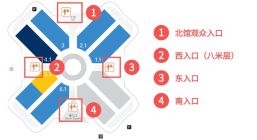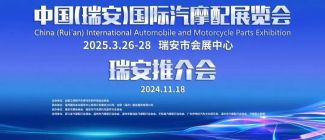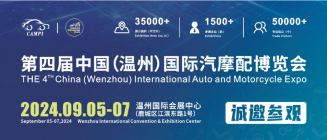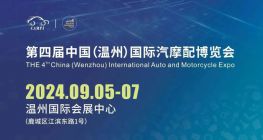Scan QRCode

There is no high-precision map for city navigation assistance driving!
This week, Bai Yang and I participated in the preemptive experience of the Xiaopeng XNGP high-precision map engineering version in Beijing. Regarding this experience, both of us agree that Xiaopeng's operation is truly "far ahead".
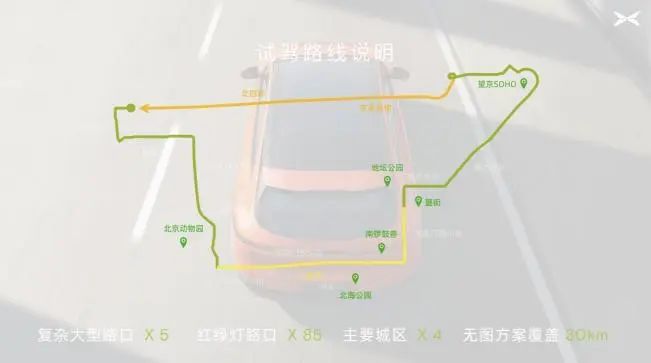
The entire experience route this time is about 40km, and the no map plan covers about 30 kilometers. This includes Beijing's landmark areas such as Zhongguancun, Nanluogu Lane, and Wangjing. Covering scenes such as complex large intersections, misaligned intersections, intersections with short dashed areas, intersections with limited visibility on high slopes, special intersections with traffic lights, sections with damaged and unclear lane lines, and sections with/without map intersections.
It can be seen that Xiaopeng is full of sincerity in this test drive with no map navigation assistance! Of course, Xiaopeng also told us very honestly! Without high-precision maps, for intelligent driving, it's a bit like survival in the wilderness! All the mistakes that human drivers make are possible for the system to make. "In the video, we also found some classic scenes to showcase. You can click on the video to listen to our test drive experience. In the following text, we will discuss in detail the issue of the assisted driving scheme for chartless navigation,
What is the impact of not having a high-precision map on Xiaopeng NGP?
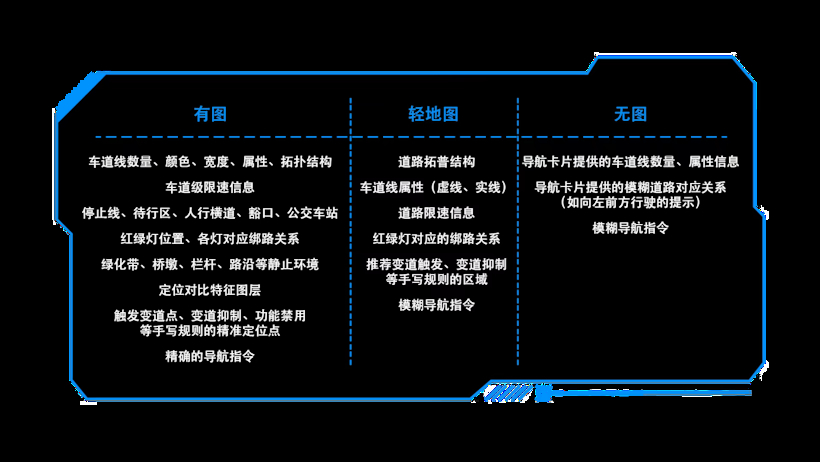
Everyone knows that version 4.3.1 of NGP is developed based on high-precision maps, and both perception and regulation are refined. Not only does it have a good reputation among consumers, but it is also evident in the industry. So what is missing from NGP without high-precision maps?
In the above figure, I have organized the prior information provided by the maps for three options: high precision maps, light high precision maps, and no high precision maps. There is not much prior information provided by maps in the no map scheme. Basically, there are only the number of lane lines, attribute information, fuzzy road correspondence, and navigation instructions.
Simply put, information such as lane color, virtual reality, and direction of lane arrows on the road now relies on perception and confirmation. Even road information such as speed limits, traffic lights, obstructed or beyond the line of sight, which we cannot see or are uncertain about, is the same now.
How does Xiaopeng NGP work without high-precision maps?
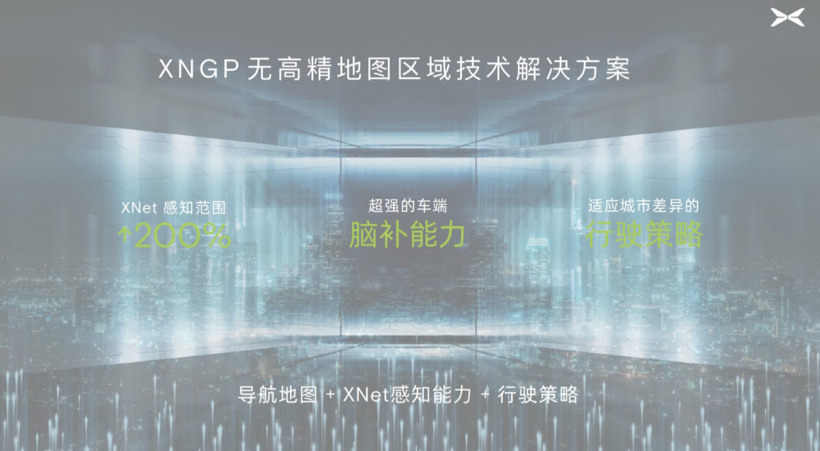
Xiaopeng's imageless NGP and imaged NGP are the same technology stack, with the only difference being that they replace the input of the original high-precision map with the input of the navigation map and real-time perception of navigation information. Due to the current no map scheme, both for vision and BEV+Transformer, the accuracy requirements for lane line perception need to be more accurate. XNet can further perceive complex road structures by learning a large number of road and intersection features. The staff told me that the total perception distance of XNet is about 1.8 football fields, and everyone can also make up for it by themselves.
Of course, adopting the same architecture also has the advantage of better compatibility. Regardless of whether there is a high-precision map, whether on highways or urban roads, it can ensure the continuity of the intelligent driving experience. And the effect was also quite good, and our experience in Beijing this time was very smooth.
What difficulty has Xiaopeng NGP added without a high-precision map?
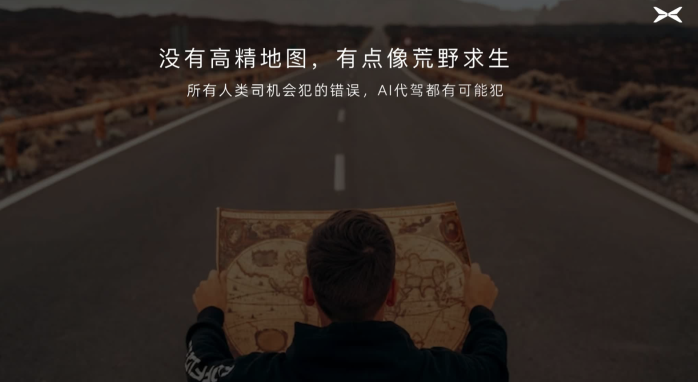
The lack of prior information input for high-precision maps is the most challenging issue for the system, which we can summarize as approximately three, mainly related to intersection issues, such as:
1. Accurately know the corresponding lane line through misaligned intersections? 2. Selection of left and right turning paths at complex large intersections? 3. Find the appropriate lane change timing so that the system can merge into the corresponding lane line before the solid line.
In our experience this time, we encountered a situation where vehicles compact the line in order to merge into the correct lane. This scene is the most difficult and also the place where Xiaopeng makes the most mistakes at present. The engineering version of this experience is currently mainly focused on being able to run through, so there are still phenomena such as changing lanes with compacted intersections or briefly riding dashed lines.
This indicates that the timing of lane change for Xiaopeng's non graphic NGP is still being polished, and there is no prior information on high-precision maps. If the system does not see it, it does not know where the solid line is, when to change lanes, and when to suppress lane change. This is also the issue that I can see at present, as Xiaopeng's chartless city leadership moves from an engineering version to mass production and delivery, which needs to be focused on solving.
Why did Xiaopeng make a plan without high-precision maps?
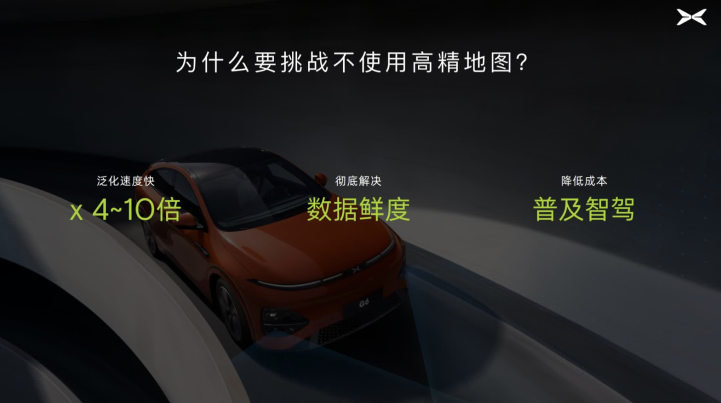
Firstly, there are several issues that car companies are talking about. For example, the issue of freshness and generalization ability. Everyone knows that the traffic environment is constantly changing, and it is very difficult to match the most accurate data technology at all times. If there are problems such as temporary construction occupation or signal light failure on the road that cannot be updated in a timely manner, vehicles are prone to misjudgment.
Yu Chengdong once stated at the press conference of ADS 2.0 that the difficulty of covering the whole country with high-precision maps is too high, and the road situation in China is complex and constantly changing. Only autonomous driving without relying on high-precision maps has practical value. During this experience, Xiaopeng also stated that the generalization ability of navigation assistance solutions without high-precision maps would increase by about 4-10 times. More conducive to the popularization of intelligent driving in the future.
Another aspect is the cost issue. Currently, there are not many qualified image merchants in China who have the qualification to collect images. In addition, we still use traditional surveying and mapping vehicles to collect data, which not only affects our generalization ability but also fails to achieve economies of scale, so the prices are very expensive. At a price of 1000 yuan/kilometer, it is difficult for even wealthy car companies to accept such a large long-term investment.
Of course, Xiaopeng also has its own reasons for accelerating the opening of the no graphics board. Friends who have knowledge of intelligent driving should know that Xiaopeng is not the first car company to develop a chartless navigation assistance driving solution. In addition to its friends, there are also suppliers such as Yuanrong Qixing and Momenta behind it. Xiaopeng must be fast, ruthless, and accurate in order to regain his position as the first brother of intelligent driving.
Of course, it's not easy to win back the title of Intelligent Driving Brother. The extent of the win depends on the actual ability to push versions, the pace of openness, and the speed of city coverage.
Write at the end
In summary, the development difficulty of chartless navigation assisted driving at the current stage is still very high, and the required abilities will also be higher. But officially taking the step of no map also means that Xiaopeng has entered a new stage on the road of intelligent driving. It is estimated that the official OTA in Beijing will not be too late, and the plan to cover 50 cities within the year is just around the corner.
AMS2024 Exhibition Guide | Comprehensive Exhibition Guide, Don't Miss the Exciting Events Online and Offline
Notice on Holding the Rui'an Promotion Conference for the 2025 China (Rui'an) International Automobile and Motorcycle Parts Exhibition
On September 5th, we invite you to join us at the Wenzhou Auto Parts Exhibition on a journey to trace the origin of the Auto Parts City, as per the invitation from the purchaser!
Hot Booking | AAPEX 2024- Professional Exhibition Channel for Entering the North American Auto Parts Market
The wind is just right, Qianchuan Hui! Looking forward to working with you at the 2024 Wenzhou Auto Parts Exhibition and composing a new chapter!
Live up to Shaohua | Wenzhou Auto Parts Exhibition, these wonderful moments are worth remembering!
Free support line!
Email Support!
Working Days/Hours!
